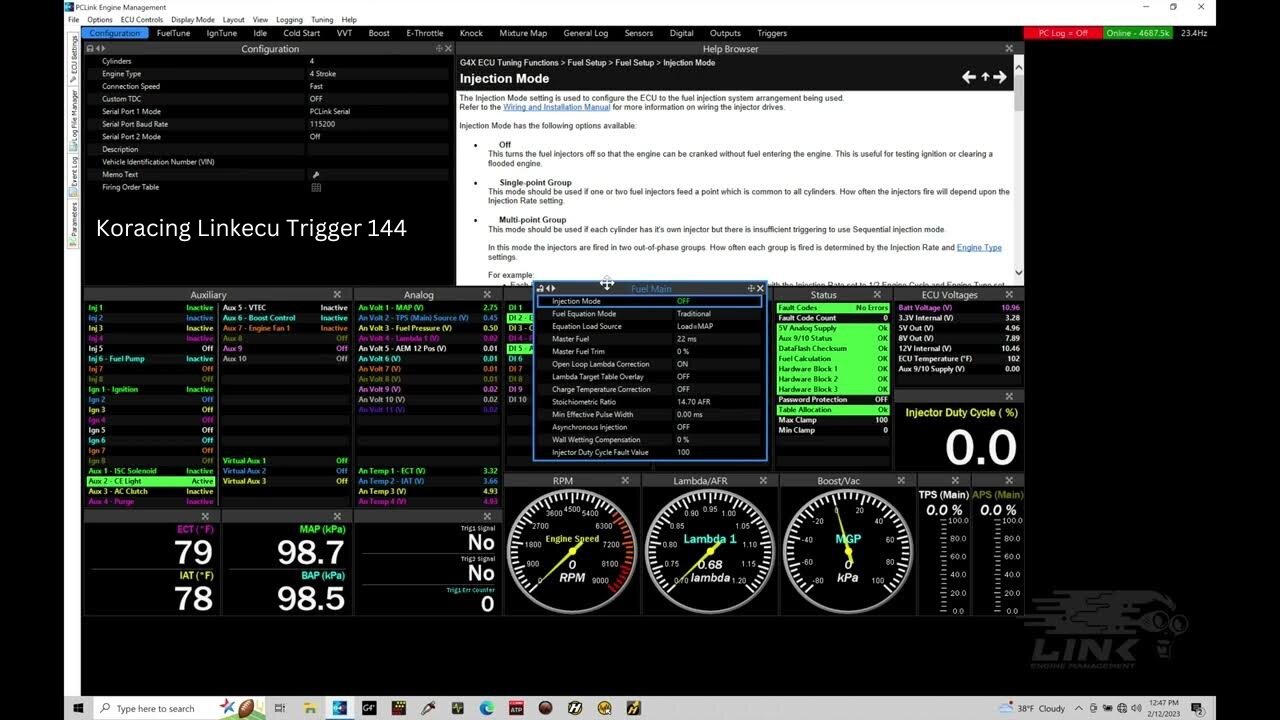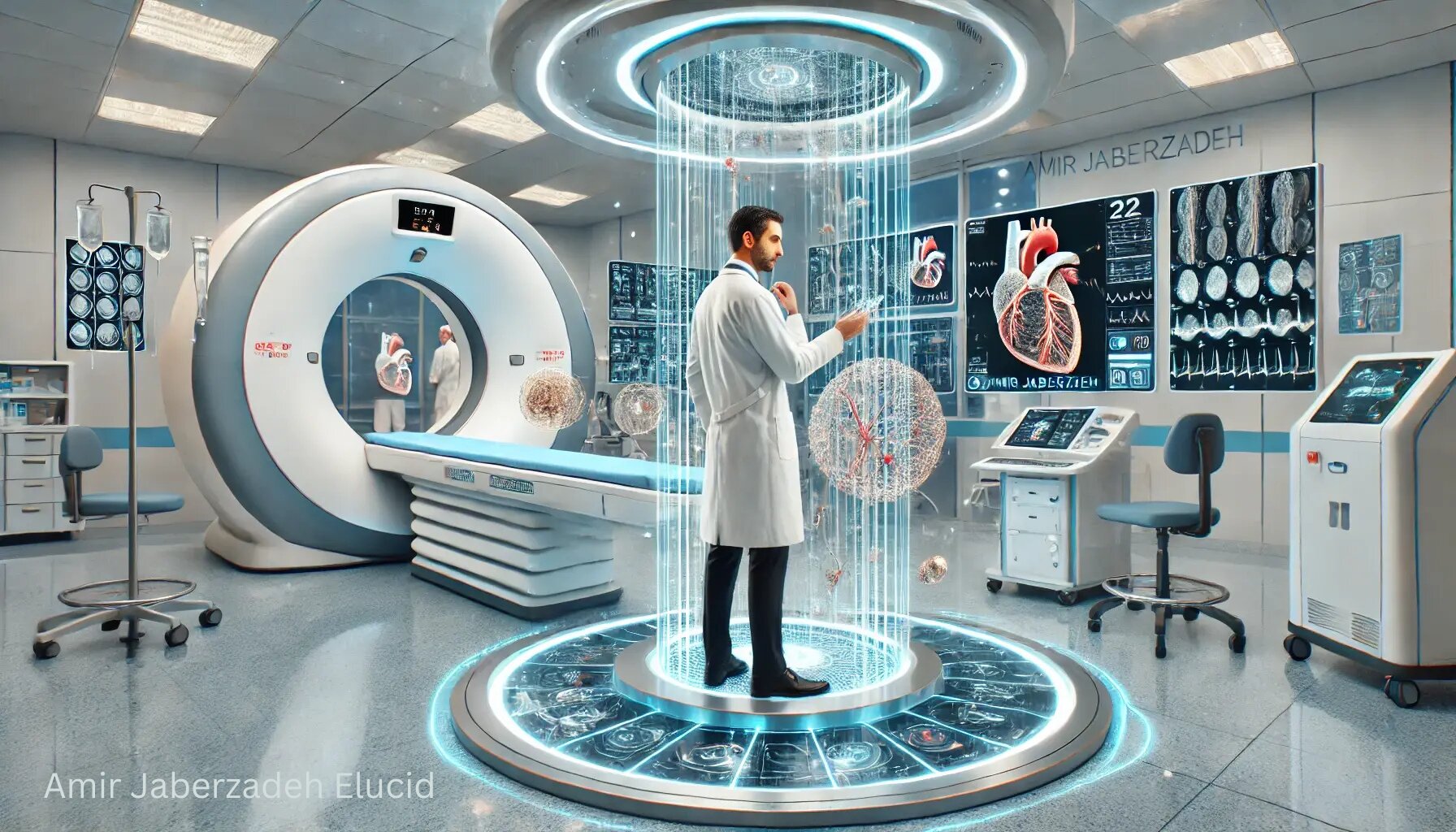The 275-1/4-MVCR is more than just a code; it’s a gateway to understanding an essential piece of technology that has made waves in various industries. Whether you’re an engineer, technician, or simply someone curious about advancements in tech, this device holds significant importance. It embodies innovation and efficiency while addressing real-world needs. As we explore its history, key components, and applications, you’ll discover why the 275-1/4-MVCR continues to be relevant today. Join us on this journey as we unravel the intricacies of this fascinating subject!
Read More: Tiwzozmix458: The Future of AI-Powered Efficiency
What is the 275-1/4-MVCR?
The 275-1/4-MVCR, or Multi-Vehicle Control Receiver, is an advanced device designed to enhance communication and control among various vehicles in a network. It serves as a pivotal component for systems requiring real-time data exchange.
This technology integrates seamlessly with multiple vehicle types, enabling coordinated operations across diverse platforms. The versatility of the 275-1/4-MVCR makes it ideal for applications ranging from logistics management to emergency response scenarios.
Equipped with cutting-edge features, this receiver ensures reliability and efficiency. Its architecture supports robust signals even in challenging environments where traditional methods may falter.
In essence, the 275-1/4-MVCR represents a significant leap forward in vehicle communication technology. By facilitating smoother interactions between units, it plays a crucial role in optimizing performance and safety on the roadways.
History of the 275-1/4-MVCR and its relevance today
The 275-1/4-MVCR has a rich history that dates back several decades. Originally developed to meet specific industrial needs, it quickly gained traction for its reliability and efficiency.
Over the years, technological advancements have refined its design. As industries evolved, so did the applications of the 275-1/4-MVCR. Today, it is integral in sectors ranging from manufacturing to energy production.
Its relevance continues as businesses seek sustainable solutions. The 275-1/4-MVCR not only meets operational demands but also aligns with modern environmental standards.
Moreover, ongoing research keeps this technology at the forefront of innovation. Users are increasingly recognizing its potential for enhancing productivity while minimizing waste.
This historical context sets a fascinating backdrop for understanding how essential the 275-1/4-MVCR remains in today’s fast-paced world.
Key Components and Functionality
The 275-1/4-MVCR boasts several essential components that enhance its overall functionality. At the core, it features a sophisticated control system. This unit allows users to monitor performance in real-time and adjust settings as needed.
Next, there’s the integrated sensor suite. These sensors provide critical data on pressure, temperature, and flow rates. Accurate readings ensure optimal operation across various applications.
Another significant component is its robust housing design. Built from high-quality materials, it protects internal mechanisms from environmental factors while providing durability for long-term use.
Power efficiency is also a standout feature of the 275-1/4-MVCR. Its energy-saving capabilities contribute to lower operational costs without sacrificing performance.
Together, these elements create a versatile tool that meets diverse industrial needs effectively and efficiently.
Advantages and Applications of using the 275-1/4-MVCR
The 275-1/4-MVCR offers several compelling advantages that enhance efficiency. Its precision engineering allows for remarkable accuracy in various applications, reducing the margin of error significantly.
Industries like manufacturing and automation have found it invaluable. It streamlines processes, which boosts productivity and lowers operational costs.
Moreover, this technology is adaptable to diverse environments. Whether deployed in harsh industrial settings or controlled laboratory conditions, its versatility stands out.
Another benefit lies in its user-friendly interface. Operators can easily navigate through functionalities without extensive training.
Safety features integrated into the 275-1/4-MVCR also contribute to a risk-free environment. This aspect reassures users while maintaining compliance with industry standards.
Additionally, businesses leverage this technology for real-time data analysis. Immediate insights facilitate quicker decision-making processes across teams and departments.
Potential Challenges and How to Overcome Them
The 275-1/4-MVCR, while efficient and innovative, does present certain challenges. One common issue is the complexity of installation. Proper training and thorough guidelines can mitigate this risk.
Another challenge lies in maintenance. Regular checks are crucial to ensure optimal performance. Establishing a routine schedule for inspections helps catch potential issues early.
Compatibility with existing systems may also pose difficulties. Conducting a detailed assessment before integration can save time and resources down the line.
User adaptability can be an obstacle. Comprehensive training sessions will equip personnel with the necessary skills to operate the system effectively.
By addressing these hurdles head-on, organizations can unlock the full potential of the 275-1/4-MVCR without significant setbacks.
Comparison with Similar Technologies
When assessing the 275-1/4-MVCR, it’s essential to compare it with similar technologies in the field. For instance, many organizations utilize standard MVCRs that focus solely on voltage control. The 275-1/4 variant stands out due to its multi-variable capabilities, addressing a broader range of operational parameters.
Another competitor is the newer digital MVCR models. While these provide advanced data analytics and real-time monitoring, they often come at a higher cost and complexity. The 275-1/4 maintains user-friendliness without sacrificing functionality.
Additionally, traditional mechanical systems may offer reliability but lack the precision provided by modern electronic controls like the 275-1/4-MVCR. This balance between efficiency and ease of use makes it appealing for various applications across industries. Each technology has its niche; however, understanding their strengths helps users make informed decisions tailored to specific needs.
Future Developments and Possibilities
The future of the 275-1/4-MVCR looks promising as technology continues to evolve. Advancements in materials science may lead to lighter and more durable components, enhancing performance.
Automation is on the horizon too. Integrating smart systems could enable real-time monitoring and adjustments, optimizing functionality and efficiency.
Furthermore, sustainability trends suggest a shift towards eco-friendly designs. This can reduce environmental impact while maintaining operational excellence.
Collaboration between industries might also spur innovation around the 275-1/4-MVCR. Cross-disciplinary approaches often yield unexpected solutions.
Emerging technologies such as AI and IoT will likely play crucial roles in shaping its development trajectory. The potential for enhanced data analytics could revolutionize how the system operates within various sectors.
As these changes unfold, we can expect an expanded scope of applications that leverage the robust capabilities of this equipment.
Conclusion
The 275-1/4-MVCR stands as a testament to innovation in its field. Its design and functionality highlight the importance of adaptability in technology.
As industries evolve, so too does the demand for efficient solutions. The 275-1/4-MVCR meets these needs with precision and reliability.
Embracing advancements ensures that users can navigate challenges effectively. This tool fosters growth through enhanced performance and versatility.
Looking ahead, there are endless possibilities for improvement and integration into new systems. The future holds promise for further applications across diverse sectors.
Engagement with this technology invites exploration into untapped potential. It encourages ongoing learning and adaptation in a fast-paced environment where change is constant.
FAQS ( frequently asked questions )
FAQS (Frequently Asked Questions)
What is the 275-1/4-MVCR used for?
The 275-1/4-MVCR serves various industrial applications, primarily focused on enhancing operational efficiency and providing accurate data in real-time. It’s widely utilized in sectors such as manufacturing and logistics.
How has the 275-1/4-MVCR evolved over time?
Since its inception, the 275-1/4-MVCR has undergone significant improvements in technology. Advancements have led to increased reliability and enhanced features that meet modern industry needs.
What are some key benefits of using the 275-1/4-MVCR?
This device offers numerous advantages, including improved precision in measurements, ease of integration into existing systems, and versatility across different applications. These characteristics make it a valuable asset for businesses aiming to optimize their processes.
Are there any challenges associated with implementing the 275-1/4-MVCR?
While transitioning to this technology can present hurdles like initial costs or training requirements, these challenges can often be mitigated through careful planning and support from manufacturers.
How does the 275-1/4-MVCR compare with similar technologies?
When compared to other devices within its category, the 275-1/4-MVCR stands out due to its unique features such as compatibility with legacy systems and superior functionality under demanding conditions.
What does the future hold for technologies like the 275-1/4-MVCR?
As industries continue embracing digital transformation trends, we can expect advancements that integrate AI capabilities or IoT connectivity into devices like the 275-1/4-MVCR. This evolution could further enhance their utility across various fields.
Is technical support available if I encounter issues with my device?
Yes! Most manufacturers provide robust customer service options. You should reach out directly for assistance if you experience difficulties or need guidance on utilizing your equipment effectively.














Leave a Reply